Jupiter is the fifth planet from the Sun and the largest in the Solar System. This giant planet has the mass one thousandth that of the Sun, but with two and a half times that of all the other planets in the Solar System combined. Take a look below for more fun and interesting facts about the planet Jupiter.
1. Jupiter is the fourth brightest object in the Solar System. Only the Sun, Moon and Venus are brighter.
2. Jupiter is one of the five planets visible to the naked eye from Earth.
3. The Ancient Babylonians were the first to record their sightings of Jupitary.
4. Jupiter was named after the king of the Roman Gods. However, to the Greeks, it represented Zeus, the God of Thunder.
5. The Mesopotamians saw Jupiter as the God Marduk and patron of the city of Babylon. Germanic tribes saw it as Donar, or Thor.
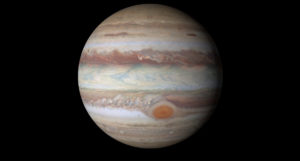
6. Jupiter has the shortest day out of all the planets. It turns on its axis once every 9 hours and 55 minutes. This rapid rotation flattens the planet slightly, giving it an oblate shape.
7. Jupiter orbits the Sun once every 11.8 Earth years.
8. The upper atmosphere of Jupiter is divided into cloud belts and zones. They’re made primarily out of ammonia crystals, sulfur and a mixture of the two compounds.
9. The big red spot on the planet is a massive storm. The storm has raged for at least 350 years and it’s so big that 3 Earth’s could fit inside it.
10. Below Jupiter’s atmosphere, which is primarily hydrogen, there are layers of compressed hydrogen gas, liquid metallic hydrogen and a core of ice, rock and metals.
11. Jupiter’s moons are sometimes called the Jovian satellites. The biggest of these are Ganymede, Callisto, Io and Europa.
12. Ganymede is the biggest moon in the Solar System. It’s 5,268 kilometers across, making it bigger than Mercury.
13. Jupiter’s rings are made up of dust particles ejected from some of Jupiter’s smaller moons during impacts from incoming comets and asteroids. The ring system beings about 92,000 kilometers above Jupiter’s cloud tops and stretches out to more than 225,000 kilometers from the planet. They are between 2,000 to 12,500 kilometers thick.
14. Eight spacecraft visited Jupiter. They are the Pioneer 10 and 11, Voyager 1 and 2, Galileo, Cassini, Ulysses and New Horizon.
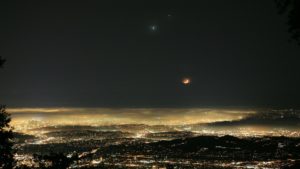
15. Jupiter spins faster than any other planet at over 29,200 miles, or 47,000 kilometers, per hour. If Earth spun that fast, a day would last less than an hour.
16. The center of Jupiter is nearly 72,000 degrees Fahrenheit, or 40,000 degrees Celsius, which is hotter than the surface of the Sun.
17. The force of gravity on Jupiter is more than twice as strong as on Earth. If someone weighs 80 pounds, or 36 kilograms, on Earth, they would weigh 200 pounds, or 90 kilograms, on Jupiter.
18. On Jupiter, clouds travel around the planet at speed of up to 400 miles, or 644 kilometers, per hour.
19. In 2011, a group of scientists predicted that lakes of liquid water on one of Jupiter’s moons, Europa, might be able to support life.
20. Jupiter closely resembles a star rather than a planet because it’s mostly made up of helium and hydrogen.
21. Over 1,000 Earths could fit inside Jupiter.
22. Jupiter doesn’t have a solid surface, meaning that a person would just sink deeper and deeper into the planet. While it may have a solid core, it would be very small and would be the only solid part of the planet.
23. While Earth can’t give off more energy than it receives from the Sun, Jupiter actually radiates almost twice as much heat as it receives from the Sun.

24. One of Jupiter’s moons, Io, has the most active volcanoes of any other planet or moon in our Solar System.
25. Since it generates its own heat, Jupiter shrinks 2 centimeters every year. When it was first formed, it was about twice its current diameter and much hotter.
26. Without Jupiter’s massive gravity, Earth would be hit by a lot more asteroids.
27. If Jupiter became any bigger, it would actually start to shrink. This is because more mass would make the planet more dense, meaning that it would start pulling in on itself.
28. Europa, one of Jupiter’s moons, has an ocean that’s believed to be 62 miles, or 100 kilometers, deep. The moon is thought to have twice as much water as there is on Earth.
29. Jupiter has 67 known and confirmed moons. However, scientists estimate that it has over 200 natural satellites orbiting it.
30. Jupiter produces powerful blasts of natural radio waves that are stronger than those the Sun produces. It’s massive and powerful radio wavelengths might be influencing the intense volcanic activity on its moon, Io.

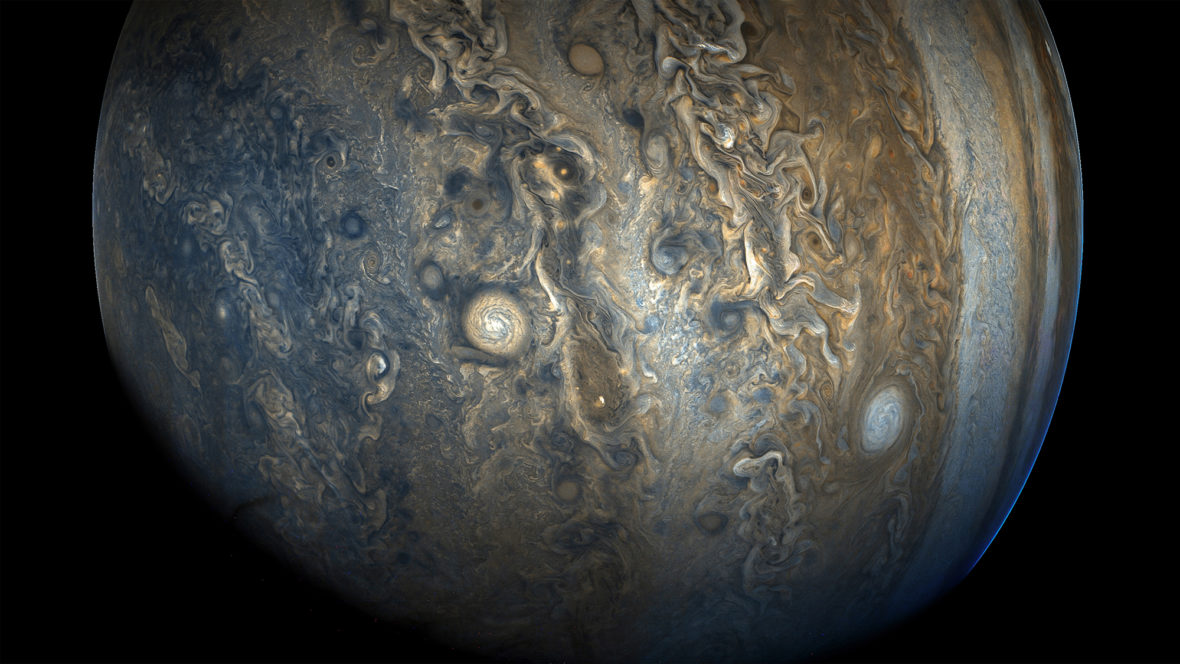
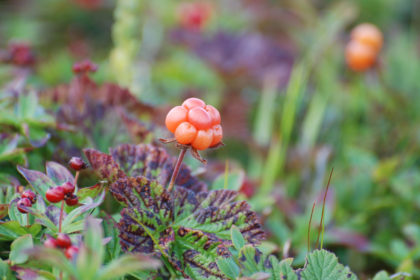

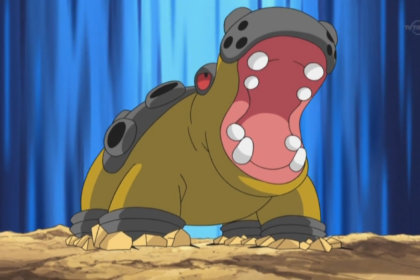
2 Comments
Pingback:
January 26, 2018 at 4:17 pmPingback:
January 27, 2018 at 6:05 pm